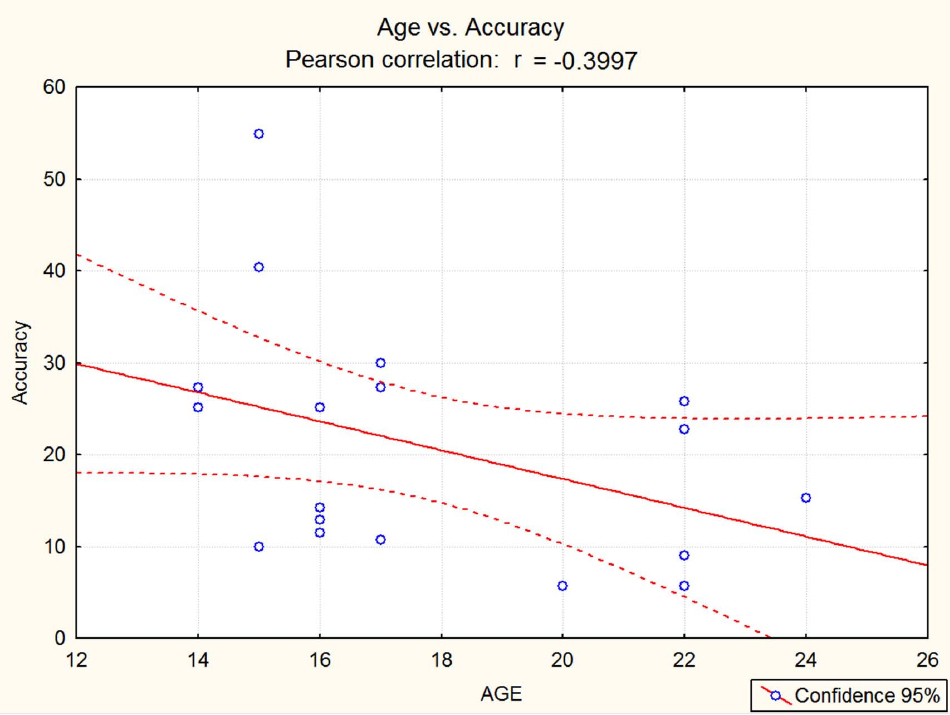
In this cross-sectional study, a total of 900 patients in the age ranging from 6 to 14 years without sex predilection and who visited as outpatients to the Department of Paedodontics and Preventive Dentistry, Sibar Institute of Dental Sciences, Guntur, Andhra Pradesh, India, during December 2010 to June 2012 were screened. Thus, the present study was aimed to correlate the chronological age, dental age and skeletal age in children between 6-14 years from Southeastern region of Andhra Pradesh, India. However, high correlations exist between dental and skeletal age and these are more reliable and precise than chronological age in assessing the development of an individual. It has been well documented that the chronological age does not necessarily correlate with the maturational status of a child.

Later Rajagopal R and Kansal S modified MP3 method by adding MP3HI stage. Abdel Khader HM first used intraoral periapical radiograph for assessing the reliability of the five stages of MP3. This method has many advantages over others such as low radiation exposure, high correlation with the six maturational stages of cervical vertebrae, no superimposition of bones or variations in posture and no need of special X-ray equipment. Hagg U and Taranger J proposed a method in which ossification of middle phalanx in the MP3 region was described as five stages of development namely MP3F, MP3FG, MP3G, MP3H, MP3I. However, its usage in pediatric patients is minimal due to various reasons like radiation exposure, high cost, huge equipment and the visibility of vertebra.

Fishman LS proposed the use of ossification centres seen in hand wrist radiographs and cervical vertebrae in lateral cephalogram. On the other hand, skeletal age is determined by recognizable stages of ossification and a characteristic pattern of progression of ossification of epiphyseal centres. This method is most widely accepted because of its radiographic and schematic illustrations of tooth development and simplicity. Estimation of dental age was done based on calcification stages using Demirjian’s method. Dental age can be estimated by using two principles like tooth emergence and tooth calcification of which the tooth calcification stages are considered more reliable indicator than tooth emergence, since it is less influenced by local and systemic factors. Hence, efforts were made to determine a child’s developmental age by using dental age (calcification of teeth) and skeletal age (skeletal maturation).

Chronological age is the most apparent and easily determined developmental age which is simply figured from child’s date of birth, but is not an accurate indicator of stage of development as it varies from individual to individual. According to Stewart RE and Barber TK the age of an individual can be determined by various methods like chronological age, biological age, morphologic age, skeletal age, dental age, circumpubertal age, behavioural age, mental age and self–concept age. Development of every individual is influenced by various factors like genetic, racial, nutritional, hormonal, environmental and climatic conditions.


 0 kommentar(er)
0 kommentar(er)
